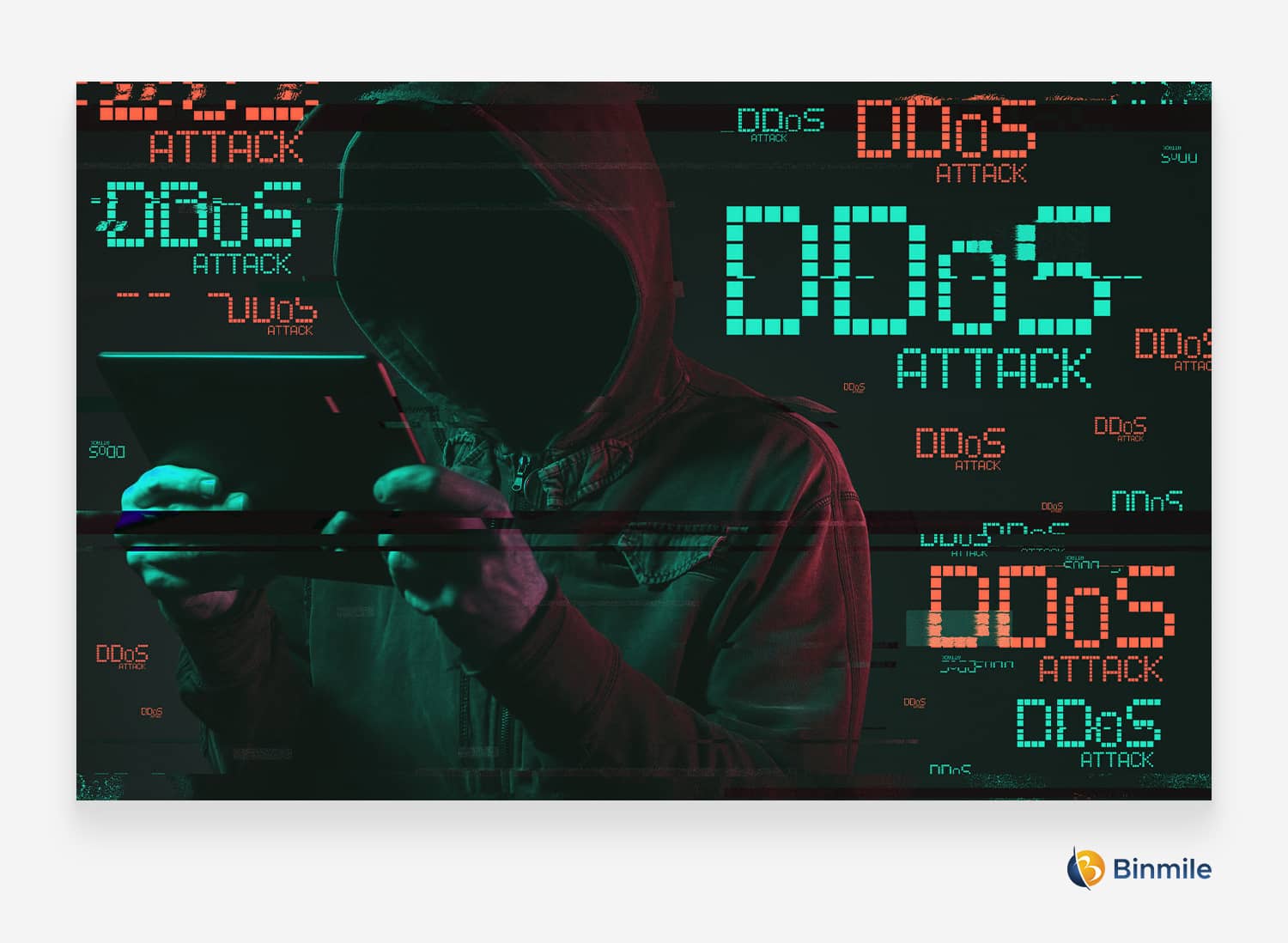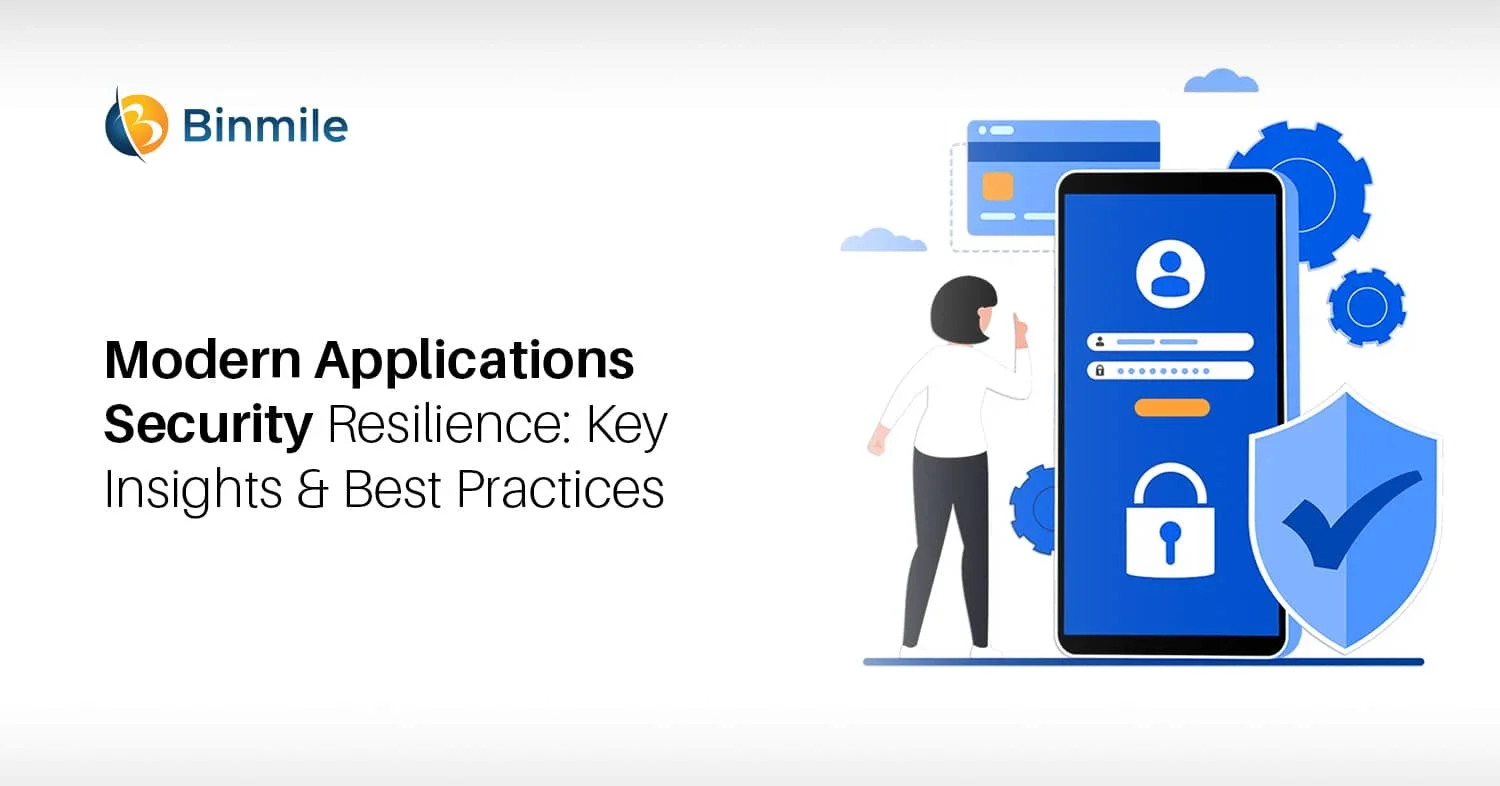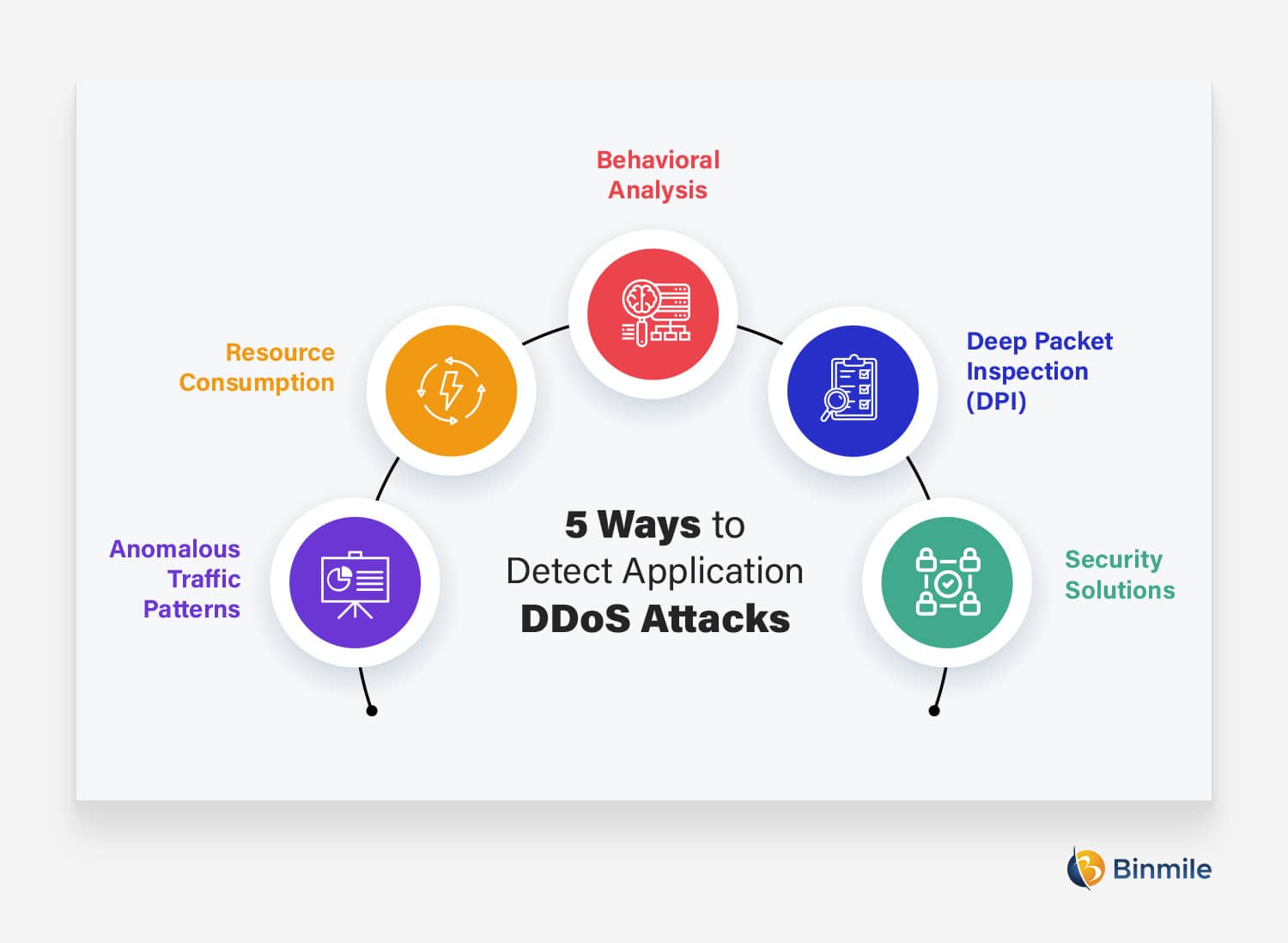Online attacks are detrimental to a company’s reputation as well as to its bottom lines. It becomes more crucial for businesses to strengthen their modern applications security against such attacks as they continually evolve to exploit vulnerabilities and gain unauthorized access to systems, or your data. One such attack is an application layer attack or Layer 7 (L7) DDoS attack. This attack targets a specific application or service by exploiting the software vulnerability and gaining access to sensitive data or disrupting the functioning of the app or service. Therefore, businesses must find ways to implement DDoS threat intelligence if their business revenue relies a lot on online presence.
The application layer security is imperative as it acts as the vector for information access. This is where users interact with systems, particularly data systems. 70% of IT and security professionals admit that their application portfolio is more vulnerable than it was a year ago. As attacks grow in sophistication and volume, it is increasingly crucial that businesses become aware of the different threats they face and implement robust application security tools and processes to mitigate these. Let’s understand what is an application layer attack, its types, and how to strengthen your security posture with best practices.
Modern Applications Security Against DDoS Attacks: What You Need to Know
Application layer attack or Layer 7 (L7) DDoS attacks occur when hackers find and exploit vulnerable code at the application layer. This leads to the server being inundated with far more requests than it can handle, or with malicious requests that cause it to slow to a crawl to respond. Consequently, this renders the app inaccessible– hence denial of service.
It is done to target specific elements of an application or service, such as a server executing WordPress, making them unavailable to its intended users. Subsequently, threat actors can access or redirect information from legitimate users to themselves, usually using common vulnerabilities such as cross-site scripting and SQL injection. Therefore, with almost all businesses running on software, they must be vigilant about modern application’s security.
So, let’s explore 7 best practices that can help you implement DDOS threat intelligence.
Stop Application-layer DDos Attacks: 7 Best Practices for Modern Applications Security

As online services become more important for business operations, it’s necessary to ensure that there will be no application-layer DDoS attacks that could harm stability, security, or credibility. Such types of DDOS attacks are meant to hit your web application with a volley of malware-filled traffic leading to business interruption, information leakage, and considerable financial loss. Therefore, we discuss 7 best practices that you can implement to mitigate the risk of application-layer DDoS attacks:
1. Deploy a Web Application Firewall (WAF)
A strong firewall will function like a security gateway, that inspects and analyzes HTTP traffic between your web application and the Internet. Common application-level attacks such as SQL injections, cross-site scripts, and zero-day vulnerabilities are spotted in and timely blocked. We recommend you go for a more sophisticated WAF solution with machine learning and behavioral analytics functionality.
2. Regularly Update and Patch Applications
Mostly, these online malicious attacks or data leaks are caused by outdated software or systems, as is true for DDoS. Hence, you need to maintain the currentness of applications with the newest software security update versions. This greatly minimizes the size of the attack area, along with its potential avenues of entry by an attacker.
3. Implement Rate Limiting and Throttling
With rate limiting, a hard limit is applied to an API’s access while Throttling shapes API access through a queue for retry requests. Both methods limit the amount of requests that stem from a particular IP address in a certain period. Thus, setting up certain limitations ensures that harmful actors cannot bombard the system with too many requests, a popular move in Denial of Service (DoS) or Distributed Denial of Service (DDoS) attacks.
4. Utilize Distributed Content Delivery Networks (CDNs)
Distributed CDNs enable your application’s content to get distributed cloud services or move across multiple servers globally. This divides traffic and prevents a single point of failure. Therefore, if attackers attempt a DDoS attack against your main server, the CDN can effectively absorb and distribute the traffic load, minimizing the impact on your application’s performance.
5. Monitor Traffic and Detect Anomalies
Using application performance monitoring tools and abnormality detection machines in traffic can help you discover immediate spikes in visitor traffic. The tools alert you of possible DDoS attacks at the beginning levels enabling you to intervene swiftly and limit the damage as the attacks escalate.
6. Implement IP Whitelisting and Blacklisting:
A whitelist refers to listing and maintaining the access rights of only trusted IP addresses that have permission to access your application. It’s different from blacklisting which involves preventing hostile IP addresses from ever getting close to your apps. These two approaches help you have full control over access to your systems, strengthen your security posture, and reduce the chances of such attacks.
7. Diversify Server Infrastructure
Using multi-location servers and a variety of clouds secures your apps in case one or more become unavailable. In addition, such diversified systems are more difficult for attackers to break down completely because they need to have some knowledge of where to place attack vectors and how to make them effective.
Additional Tips:
- Conduct regular security audits: Regularly perform periodical security audits and a thorough incident management strategy to proactively detect threats to your systems and applications.
- Training for Team: It’s essential to educate your workforce on cyber security frequently and make them aware of how they can identify potential threats.
Fortify your system against harmful traffic and ensure seamless performance with effective traffic management strategies.
Modern Applications Security: Key Signals of Application-Layer Attacks
Some common types of application layer attacks are as follows:
- Slow rate: Sending malicious HTTP or TCP requests that appear to be legitimate traffic at a very slow rate.
- Slowloris: A type of slow-rate attack tool that overwhelms the server with multiple requests, causing the server to keep open connections to the maximum number allowed.
- Slow post: This sends a legitimate HTTP Post Header at a speed slow enough to prevent legitimate users from accessing a server but not slow enough for a connection to time out.
- Slow read: An HTTP request to a server that reads the response so slowly that it stops other users from accessing the server– but again, not slow enough for a timeout to occur.
- HTTP(S) flooding: Using a botnet network to overwhelm a server with compute-intensive HTTP Get or Post requests that otherwise appear to be valid traffic, but are not.
- Mimicked user browsing: Using botnets to pose as human users to overwhelm a server, cause a website to crash, or make it inaccessible to legitimate users.
- Large payload post: Avoid overburdening a web server’s memory by reducing the sharing of huge XML data structures and try to decode them before you send.
Know the Best Practice: eCommerce Security Threats and Prevention
5 Ways to Detect DDoS Attacks for Robust Modern Applications Security
Application layer DDoS attacks are notoriously difficult to detect because they mimic legitimate user behavior. However, certain tell-tales can help organizations identify and eliminate application layer DDoS attacks. These are:
- Anomalous Traffic Patterns: You notice a sudden spike in Requests per Second (RPS) as application layer attacks often exhibit smaller traffic spikes that deviate from baseline patterns. Notice these spikes, especially during off-peak hours, and their source, and analyze them if these are legitimate requests or not.
- Resource Consumption: Monitor resource utilization on your servers. Do you notice unusual or unnecessary increases in CPU and memory usage as they consume resources processing illegitimate requests?
- Behavioral Analysis: When there are abnormally low request rates with long-lasting connections, it could imply that a Slowloris attack is attempting to exhaust server resources. Check for unusual HTTP headers such as unexpected cookies or referrer information.
- Deep Packet Inspection (DPI): Analyze payload content as it lets you examine the content of individual packets, helping detect malicious scripts or patterns hidden within legitimate requests.
- Security Solutions: Configure Web Application Firewalls to identify and block common application layer attack patterns based on predefined rules and signatures.
Boost your application’s security with proven DDoS attack prevention strategies. Get expert support to keep your systems safe.
Wrapping Up
Web applications are playing a crucial role in providing businesses with invaluable capabilities and increased productivity. However, they come with both advantages and risks. While these apps have accelerated the move to digital-first and have become essential elements of the IT stack, they’ve also opened businesses up to new security vulnerabilities. After all, your online assets are what set you apart from your competitors and help you keep customers engaged. Therefore, it’s essential to treat security not just as a necessity, but as a strategic move to strengthen your security posture. Adopting cybersecurity best practices is key to maintaining trust, reliability, and continuity in today’s digital landscape.
With so many and increasingly sophisticated online attacks, you must ensure the resilience and security of your digital assets. To effectively defend against these threats, organizations need solutions or tools that can dynamically adapt to evolving attacks while minimizing the administrative burden. We recommend you seek out a digital transformation company that helps you put apps and great experiences closer to users and keeps threats such as application layer or DDoS farther away.










